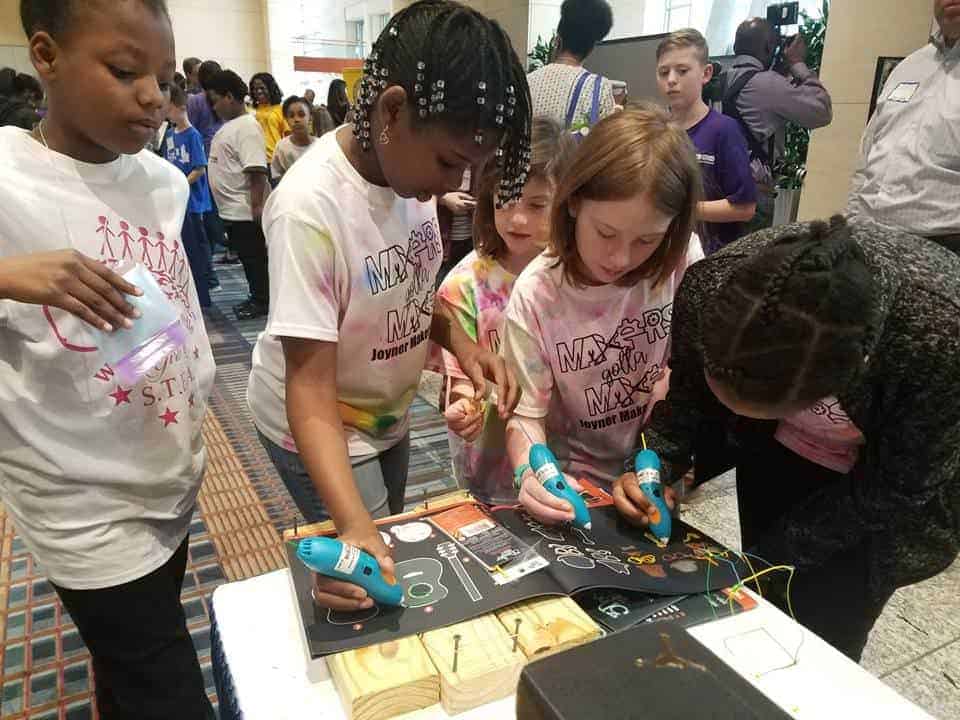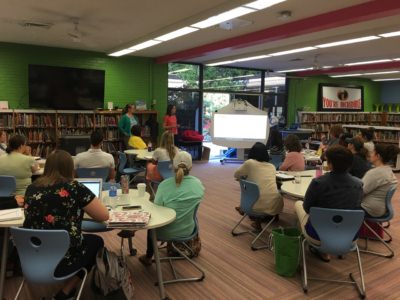Throughout this school year, Pattillo Middle School Principal Lauren Lampron has been trying to answer this question: “How do we offer more support to children with unaddressed trauma?”
Given the complex needs and challenges that Lampron’s students face, it’s a huge and important question to tackle—and it’s led to a core team of teachers, district staff, support staff, and administrators engaging in conversations around topics such as discipline policies, classroom management, staff roles, forming relationships with students, and shifting school culture to understand the impact of trauma.
“There is a limited number of mental health providers in our community that accept Medicaid, so our students who have been exposed to really challenging experiences may have difficulties accessing mental health supports,” Lampron said. The solutions being developed are focused at a school and classroom level to try and and address this gap.
Pattillo Middle School is in Edgecombe County and it’s one of three pilot schools that the Public School Forum of NC’s Resilience and Learning Project is working with to develop ways to create a safer and more supportive environment that addresses the needs of the whole child. The Resilience Project aims to increase academic success and improve the social and emotional well-being of children impacted by trauma by providing staff training and ongoing coaching and technical assistance around how to create a trauma-sensitive school. At Pattillo, 78 percent of students are economically disadvantaged and 100 percent of students receive free and reduced lunch. Although no data exists around the number of students who have experienced trauma, the staff can tell you it is a high percentage.
Despite this high need, Pattillo Middle School has exceeded expected academic growth on their end-of-grade tests for the past three consecutive years. Lampron attributes this success to the dedication of the teachers to live out the school’s motto, “learning for all…whatever it takes.”
As I have worked alongside teachers and administrators at Pattillo, two main themes have developed to become the school’s selected area of focus: the critical importance of forming positive relationships with students and the need for having structured discipline policies that are also trauma-sensitive and restorative in nature.
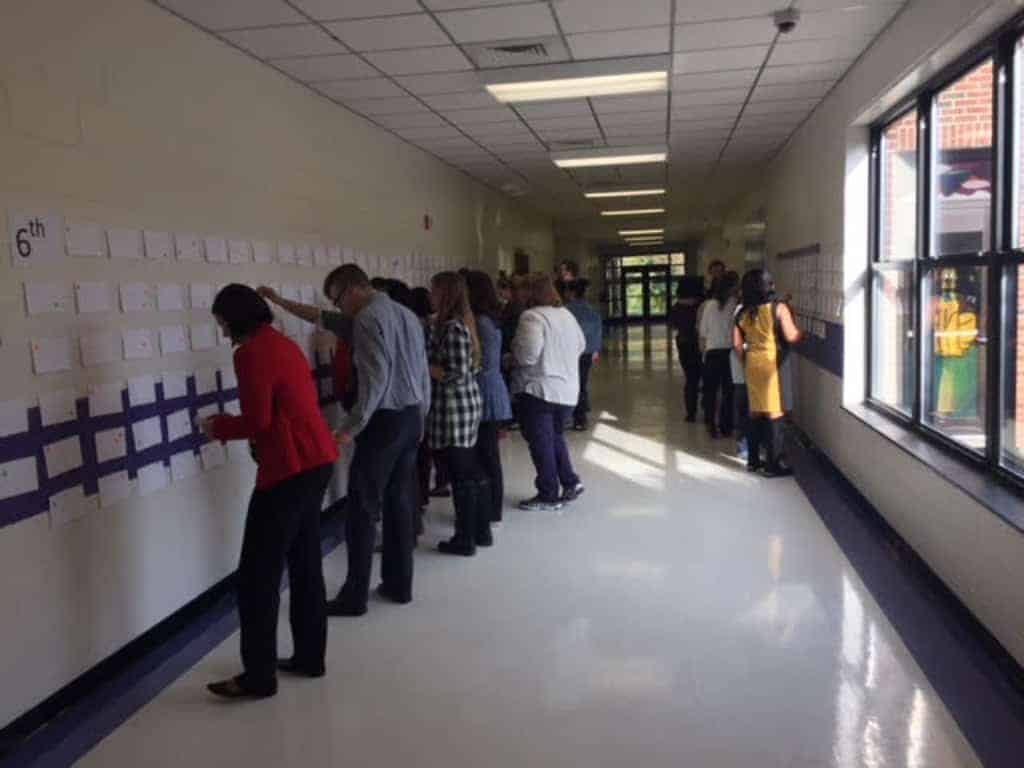
Pattillo’s educators understand that relationships are the key to creating connections for students so that they feel emotionally and physically safe in the school environment. Teachers and administrators also recognize that the students who have experienced trauma, which many of their students have, do well with structure and routine and knowing clearly what is expected of them. These discussions have led staff to look specifically at their discipline practices and how they could make improvements.
“Our children often have interpersonal conflicts that stem from a lack of social skills or social awareness. A majority of my time spent on discipline referrals comes from students engaging in extreme responses due to the fact they did not know how to self regulate by calming down or controlling their emotions. Over time, this significantly interferes with a child’s ability to learn,” Lampron said.
As a result of the Resilience and Learning work, the following are two new tools that Pattillo’s educators have put in place to pilot this spring:
When a teacher sees the need for the student to have a cool down location (Pattillo calls this “Choices”), separate from classmates, a reflection sheet for the student is provided to the student that asks four questions:
- Explain what happened in class that caused you to be sent to Choices.
- How were you feeling before or during the incident in class?
- If something similar happens again, what are some different choices you could make next time?
- How could your teacher better support you?
Click here to see the reflection sheet (and Version 2 here)
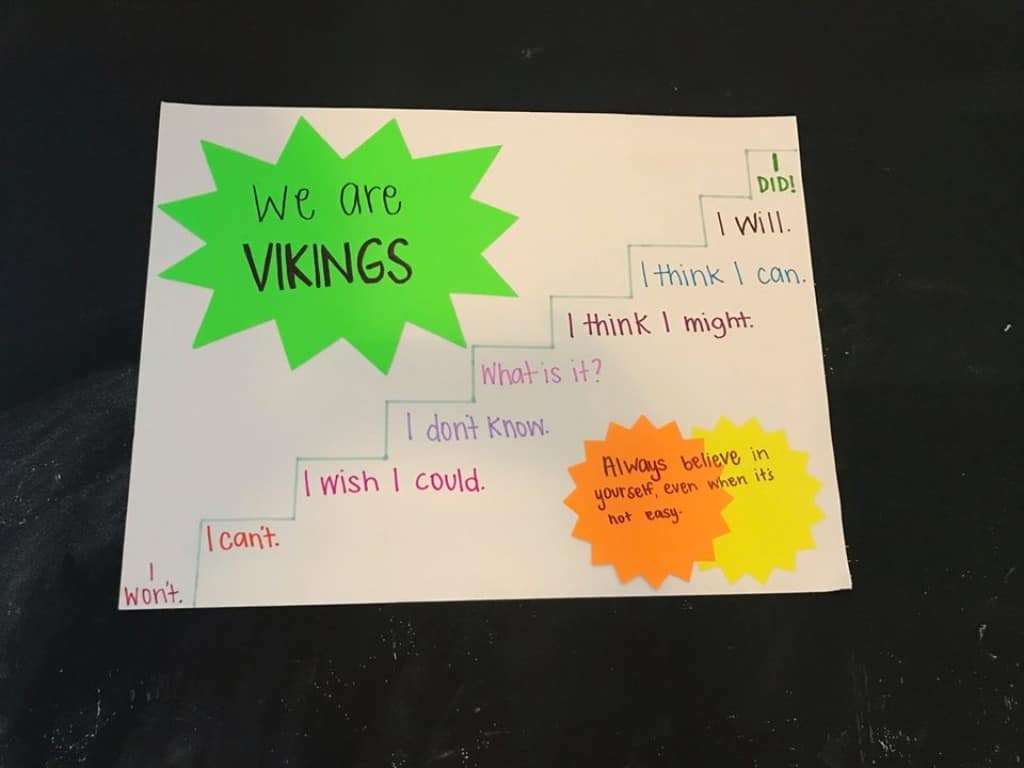
A discipline script for the principal to use with students.
- Share what personal values are most important to you.
- How were you feeling during the moment in class that led to you being sent to Choices or the administrator’s office — and how big of a problem do you feel you were experiencing?
- What happened in class leading up to the incident?
- What do you think is a fair consequence for your actions, and how does that consequence line up with your core values?
- What are your long-term goals in life?
- What kinds of better choices could you make in the future to ensure that you’ll reach your long-term goals?
Click here to see the discipline script
The goal of these new tools is to take a more restorative approach to discipline; to give students a voice in sharing their stories and in giving input into possible consequences; to use discipline conversations as a means toward building student-staff relationships; and to better incorporate skill-building into discipline policies so that these practices become a tool for learning from consequences versus always serving as a punitive measure.
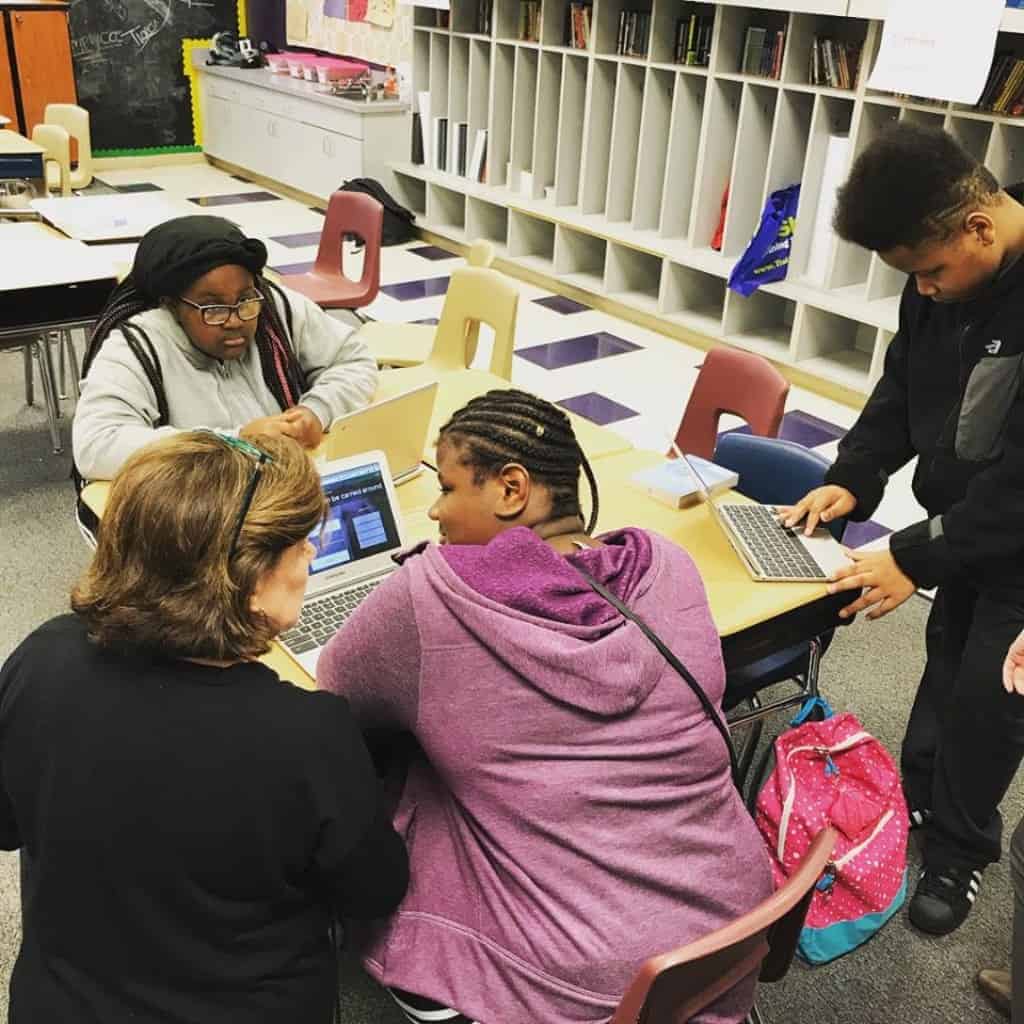
Even just a month into implementing both of these new tools, Pattillo’s educators have already noticed some positive changes in students and in how staff engage with students after a discipline referral.
For example, several teachers have shared that when they get the reflection sheet back at the end of the school day from a student sent to Choices, they greet the student first thing the next morning in a positive way and use what the student shared in their reflection to engage in a more meaningful conversation. This has increased an understanding and connection for both the student and the teacher. The principal has also shared how using the new discipline script has helped students feel empowered by giving them a voice in what their consequences may be; it has also helped students openly talk about their core values in a way that helps open their eyes to focusing on long term goals in new ways.
As with any new strategy, with the successes have come some lessons learned, too. The Pattillo team recently met after a month of using these new tools to discuss what modifications needed to be made. One thing they were noticing was that some students, who were frequently sent to Choices, were not writing enough on the reflection sheet to engage in restorative conversations. To help with this, they decided they needed to better articulate to students what the sheet was for and ask for their input on the process. They created a plan to more formally discuss the new sheet and policy in all home room classes.
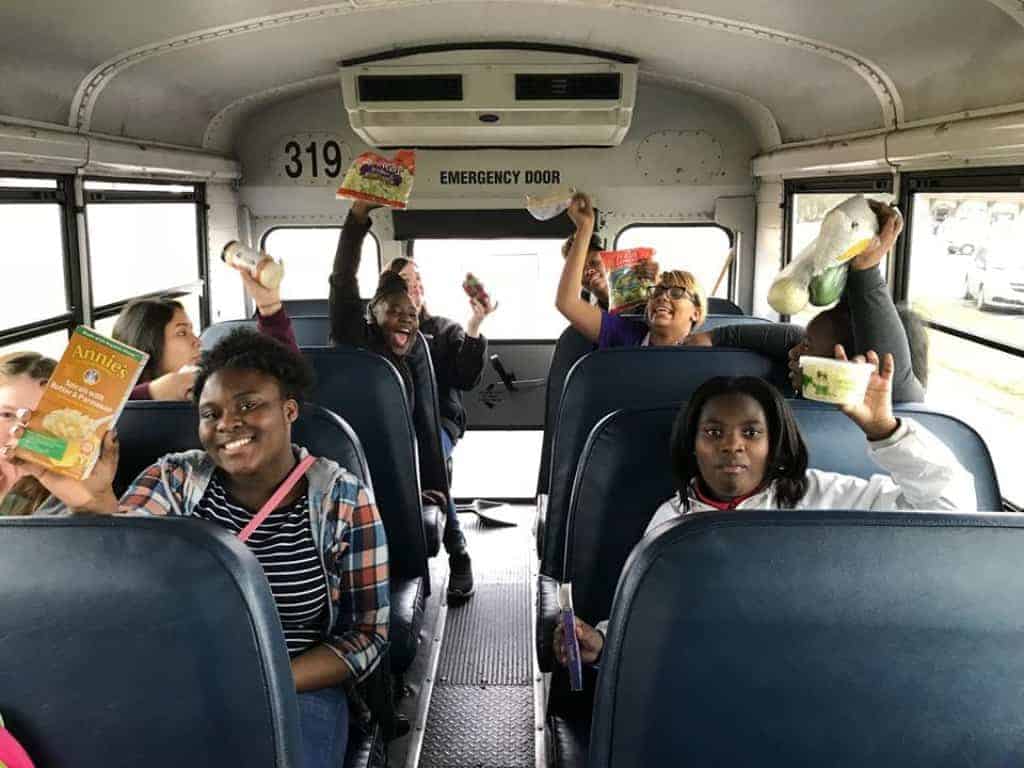
“We recognize that children learn social skills through positive relationships, and for students with high trauma, they may have a sense of distrust; therefore, they need intentional, positive relationships. Our discipline strategy is really about trying to help children learn skills, as opposed to simply receiving a punishment for their actions,” Lampron said.
Staff see these as pilot strategies to use in the remaining months of this school year so that changes can be made for a more robust implementation in the fall. Piloting new ideas like these and being creative takes strong leadership, a team approach, and a shift in the culture of the school.
Finally, through all of these discussions and meetings, what staff have continued to come back to is asking, “How is what we are doing helping students feel safe, build skills, and form relationships that will lead to success?”
Because when the bell rings at the end of the day, teachers and administrators at Pattillo Middle School want to see each of their students leave the building with hope, resilience, and success.
